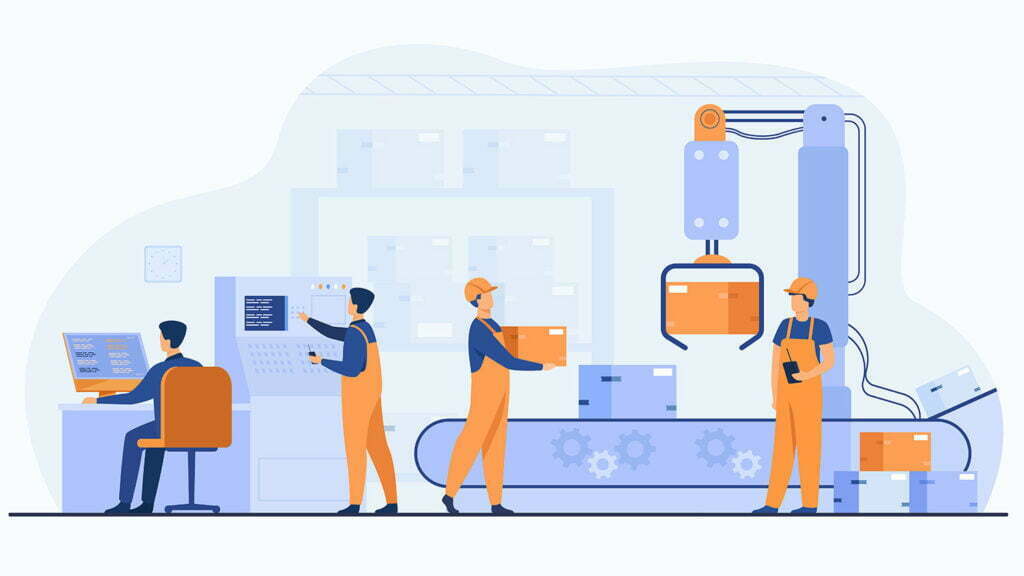The pandemic has led to a rapid acceleration in digital migration in global businesses. As a result, the adaption of immersive virtual training has increased, and companies realize its many benefits, such as increased productivity, safety, and learning retention. Extended reality XR is driving this paradigm shift and leading numerous business leaders to seek guidance from extended reality companies.
Extended reality is the fusion between augmented, virtual, and mixed reality technologies. It has proven beneficial for almost every industry, such as entertainment, healthcare, communication, engineering, etc.
Manufacturing is emerging as one of the most significant sectors, where extended reality solutions could change how the industry operates. According to PwC research, AR and VR in service and product development could lead to a $360 GDP boost by 2030.
Let’s understand its use cases and impact on the manufacturing and industrial sector:
Extended Reality in Rapid Product Development

Virtual reality in the manufacturing sector enables a comprehensive and collaborative environment for the team to share product ideas and interact with digital twins of machinery. It also makes experimentation with new materials and designs easier without creating prototypes from scratch. Another advantage it can provide organizations is reduced time wastage on moving from one production stage to the next.
Extended Reality in Safety Training

Employees’ safety while working with complex pieces of equipment has always been a significant concern and challenge in the manufacturing world. XR Extended reality can help train and develop new employees, ensuring their safety before they hit the production floor. This also can result in a significant benefit, which is:
- Reduced Plant Downtime
- By leveraging the XR reality enables training, organizations can run the training programs without affecting the plant’s production hours. This ensures that the plant is up-and-running – saving costly downtime.
Real-time guidance

Augmented reality makes it possible to guide employees through an AR headset on the production floor. This saves time and provides real-time guidance without going back to the training documentation or bothering their supervisors. Companies like Atheer have already implemented such a system in their organization, and its adaption will only increase with time.
Streamlined logistics
The emerging extended reality technology like AR, VR, and MR landscape help provide a fully connected system to locate the essentials like products, goods, and tools to the employees, improving their pace and reducing time wastage. Let’s take DHL as an example, as they have implemented mobile systems and smart glassed to help their workers find the tools faster while reducing packing and shipping errors.
Better Collaboration

Another significant benefit of XR extended reality is the team’s improved collaboration. The production cycle requires the collaboration of multiple groups, like engineers, specialists, etc., to bring a product to market or complete the production cycle. This could be a significant challenge in a world where people work remotely. Thus, extended reality XR proves to be a significant boon for manufacturing organizations.
There’s no doubt that XR reality has become highly beneficial for companies by helping them build products faster while ensuring safety and collaboration amongst employees.
Still unsure how it can add value to your business? As the fastest-growing IoT development company in the US, offering performant extended reality development, we can help you build a solution that suits your business requirements. Get in touch with us today for a free consultation session.




